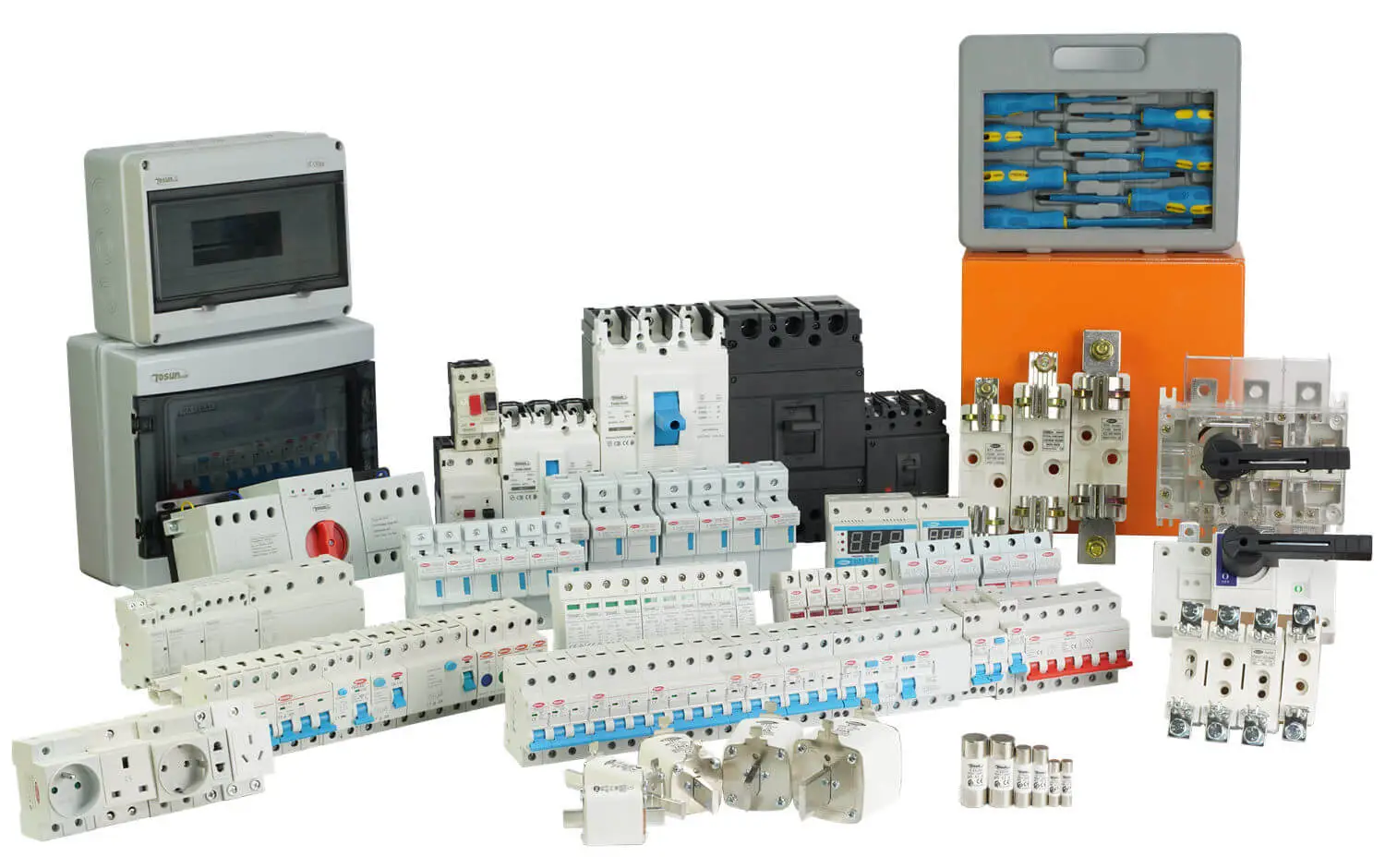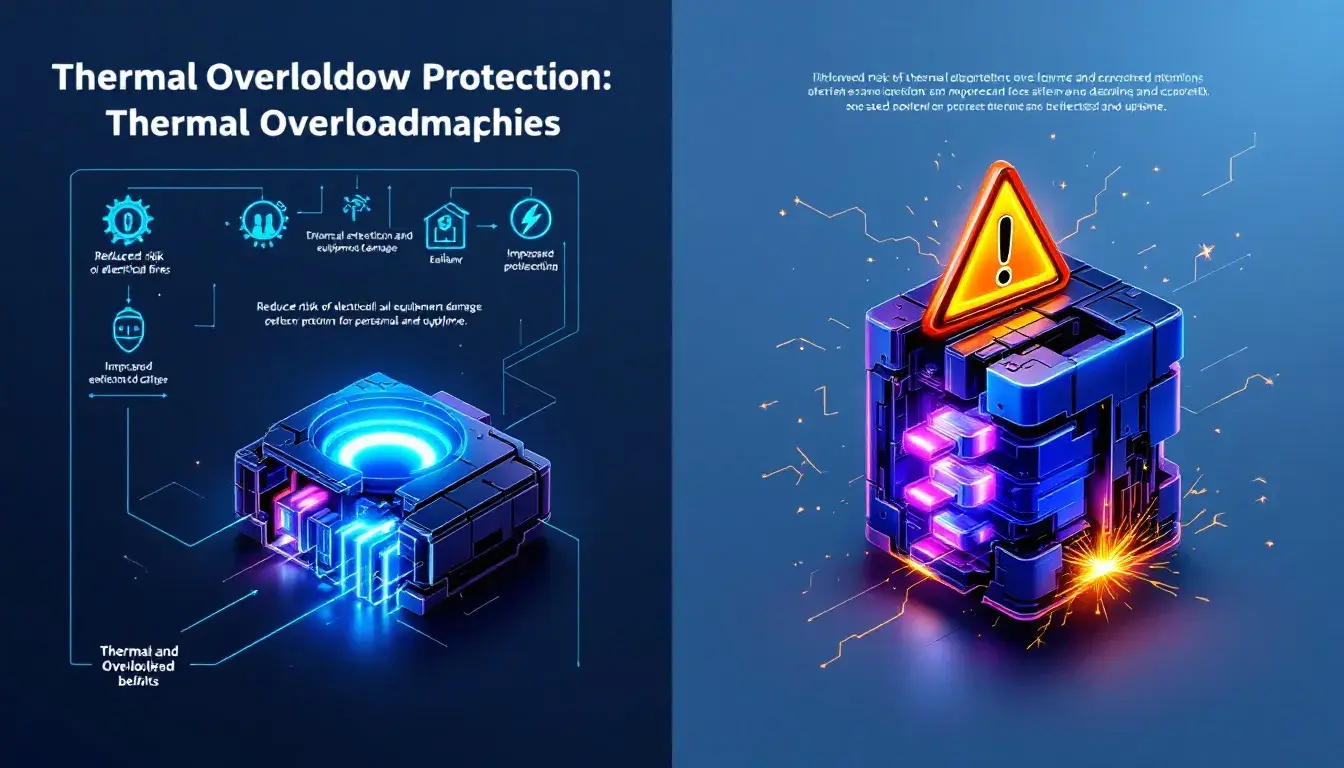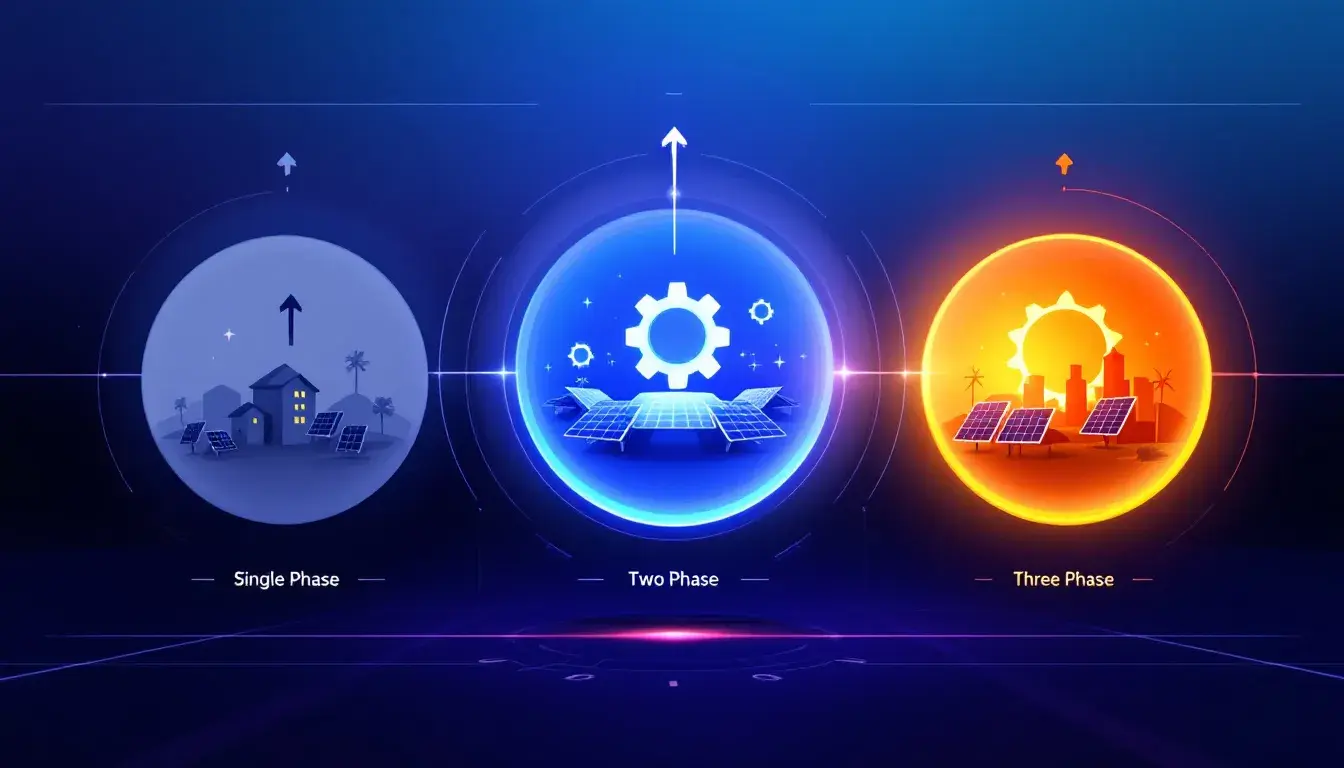Factors to Consider When Choosing Electrical Equipment Suppliers
26th آوریل 2025
The electrical industry is only growing day by day. Right when you start looking for electrical equipment suppliers, you will face literally several companies placing their best foot forward with regards to their offerings. But, how do you choose the right ones? From quality products to value for your money, there are several factors to consider. Find them out here in this discussion that will touch on the following important pointers: – Important considerations when looking for electrical equipment suppliers – Best practices and tips – Why TOSUNlux stands out from above the rest Choosing Electrical Equipment Suppliers: Factors to Consider In summary, these are what must be considered above anything else when searching the market for electrical equipment suppliers: quality catalog, reputation and credibility, versatile supplies, and affordability. 1. Quality Catalog Presentability is all-important. Several electrical supply wholesaler brands may offer similar products, but only reputable companies can offer the highest quality ones. So, when looking for the best companies, such as electrical breakers suppliers when you need them, ensure they offer supplies from credible sources to ensure they will work best for what you need. Branded doesn’t mean great, so keep looking around. 2. Reputation and Credibility Alongside a promising product range is a credibility that trumps the rest. Separate wholesalers who offer mediocre products and have a limited market reach from those who can provide excellent services to their customers across their operations. The latter can yield favorable results. Read reviews online to see what previous customers are saying about those companies. […]
ادامه مطلب : +86-139 0587 7291
: +86-139 0587 7291 انگلیسی
انگلیسی اسپانیا
اسپانیا Русский
Русский فرانسه
فرانسه العربية
العربية Português do Brasil
Português do Brasil اوکراین
اوکراین ترکچه
ترکچه پولسکی
پولسکی هلند
هلند ایتالیایی
ایتالیایی باهاسا اندونزی
باهاسا اندونزی हिन्दी
हिन्दी اردو
اردو አማርኛ
አማርኛ فارسی
فارسی ไทย
ไทย منگول
منگول فارسی
فارسی زبان فارسی
زبان فارسی زبان
زبان









